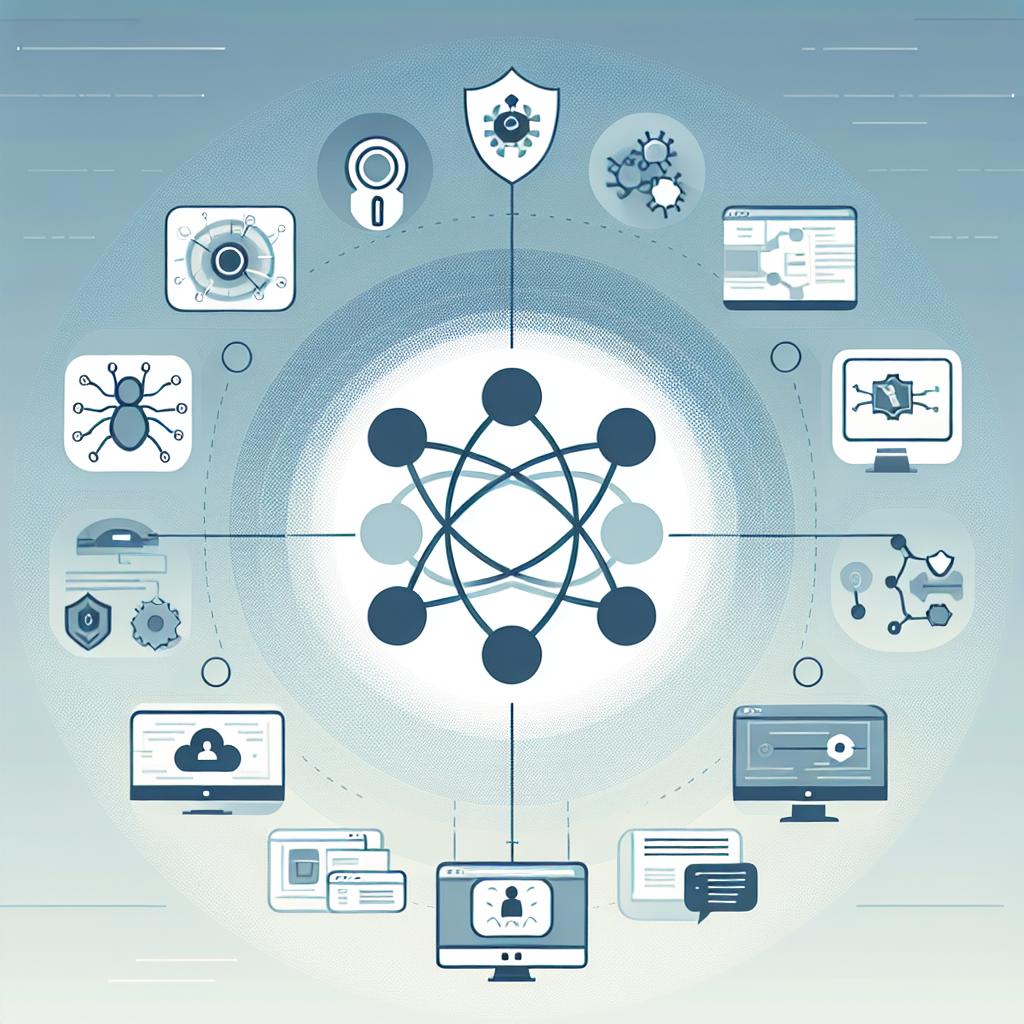In the rapidly evolving landscape of cybersecurity, automation has become a critical component in both offensive and defensive operations. One of the most powerful tools in penetration testing and vulnerability assessment is Metasploit, a framework that allows security professionals to identify, exploit, and validate vulnerabilities in systems. Traditionally, using Metasploit requires a deep understanding of exploits, payloads, and target environments. However, with the advent of artificial intelligence (AI), the process of exploit execution is becoming more automated, efficient, and intelligent.
In this post, we’ll explore how AI is transforming Metasploit automation, focusing on how AI handles exploit execution, the benefits it brings, and the challenges it faces.
Before diving into AI’s role, it’s important to understand what Metasploit does and how exploit execution works:
- Metasploit Framework: An open-source platform used for developing, testing, and executing exploits against vulnerable systems. It includes a vast library of exploits, payloads, and auxiliary modules.
- Exploit Execution: The process of delivering a payload to a target system by leveraging a vulnerability. This involves selecting the right exploit, configuring payloads, and managing sessions after successful exploitation.
Traditionally, this process requires manual intervention, scripting, and expert knowledge to tailor attacks to specific environments.
AI introduces several capabilities that enhance and automate the exploit execution process:
1. Intelligent Exploit Selection
AI algorithms can analyze target system information, such as operating system, services, and versions, to recommend the most effective exploits. Machine learning models trained on historical exploit success data can predict which exploits are likely to succeed against a given target, reducing trial-and-error.
2. Automated Payload Configuration
Payloads need to be customized based on the target environment and the attacker's objectives. AI can automate this by dynamically generating payloads that adapt to network conditions, firewall rules, and endpoint defenses, increasing the chances of successful exploitation.
3. Adaptive Exploit Delivery
AI-driven automation can monitor the target’s response in real-time and adjust the exploit delivery method accordingly. For example, if a particular exploit attempt is detected and blocked, the AI can switch to alternative exploits or modify payloads to evade detection.
4. Session Management and Post-Exploitation
Once a session is established, AI can automate post-exploitation tasks such as privilege escalation, data exfiltration, and lateral movement. By learning from previous engagements, AI can prioritize actions that maximize impact while minimizing detection.
5. Continuous Learning and Improvement
AI systems can continuously learn from each exploit attempt, updating their models to improve future performance. This feedback loop enables the automation framework to become more effective over time.
- Efficiency: Reduces the time and effort required to identify and exploit vulnerabilities.
- Scalability: Enables large-scale automated penetration testing across multiple targets.
- Precision: Improves exploit success rates by selecting and configuring exploits intelligently.
- Adaptability: Responds dynamically to target defenses and environmental changes.
- Knowledge Augmentation: Assists less experienced security professionals by providing expert-level decision-making support.
Challenges and Considerations
While AI offers significant advantages, there are challenges to consider:
- Ethical Use: Automated exploit execution must be used responsibly and legally, with proper authorization.
- False Positives/Negatives: AI predictions are not infallible and may lead to missed vulnerabilities or wasted attempts.
- Complex Environments: Highly customized or patched systems may still require human expertise.
- Detection Risks: Automated attacks can be more easily detected if not carefully managed.
- Resource Intensive: Training and running AI models require computational resources.
Future Outlook
The integration of AI with Metasploit and other penetration testing tools is still in its early stages but shows immense promise. Future developments may include:
- Natural Language Interfaces: Allowing testers to interact with Metasploit using conversational AI.
- Autonomous Red Teaming: Fully automated attack simulations that mimic advanced persistent threats.
- Enhanced Threat Intelligence Integration: AI systems that incorporate real-time threat data to tailor exploits.
- Collaborative AI-Human Teams: Combining human intuition with AI’s speed and data processing.
Conclusion
AI is revolutionizing the way Metasploit handles exploit execution by automating complex decision-making processes, adapting to dynamic environments, and continuously learning from each engagement. While challenges remain, the synergy between AI and Metasploit promises to enhance penetration testing capabilities, making security assessments faster, smarter, and more effective. As AI technology matures, security professionals will increasingly rely on these intelligent automation tools to stay ahead in the cybersecurity arms race.



